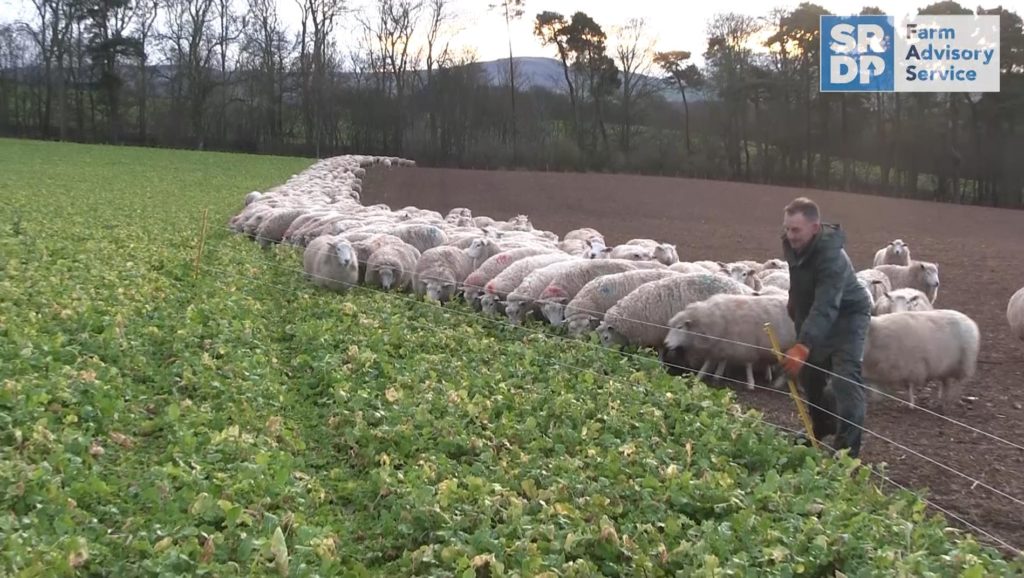Health Issues To Look Out For When Grazing Forage Crops
29 October 2021When it comes to utilisation, the main health concerns for forage crops are as follows:
| Problem | Risk Factors | Assess | Solution |
|---|---|---|---|
| Nitrates | Brassicas following: • high level of nitrate fertiliser use • a short growing season • a drought period | Test plant if concerned, over 2% Nitrate concentration is unsafe | Remove stock and reassess after some time |
| Photosensitive substances | Rape and rape-kale hybrids during sunny weather. Lighter breeds more susceptible | Stock will show signs – bald patches, scabby skin | Remove affected, reduce duration on crop, offer grass run back |
| Anaemia (aka Red Water) | Brassicas in soils low in phosphate, high in nitrogen and sulphur and flowering forages | Monitor growth rates/condition and look for anaemia signs | Provide hay/silage/grass |
| Goitrogens and Iodine deficiency | Brassicas, especially root brassicas and those flowering | Thyroid enlargement, weak young, high still born rates, poor growth rates. Brassicas will often need to be fed with additional Iodine | Provide supplementary Iodine |
| Copper deficiency | Soils with high levels of sulphur and molybdenum. Sheep more susceptible than cattle, particularly in breeds such as Scottish Blackface | Blood/liver test, forage test: copper, sulphur, molybdenum | Provide supplementary Copper if required * unlikely to be applicable for continental breeds |
| Bloat | Rapid ingestion of lush leafy forage, post nitrogen fertiliser applications, frosted or wet forage, young or fasted animals | Livestock behaviour (look for laboured breathing and signs of discomfort) and rumen distension | Provide hay/silage/grass. Transition on to crop carefully |
| Choking | Bulb crops | Livestock behaviour | Allow plant to mature. Transition on to crop carefully |
In other words, the key measures to reduce risk involve careful transitioning, targeted mineral supplementation and supply of additional conserved forage. Minerals can be oversupplied and lead to toxicity so be careful and do not provide from multiple sources (e.g., boluses and feed minerals) particularly close to lambing. Monitor livestock regularly, especially during the transition period.
Poppy Frater, poppy.frater@sac.co.uk
Sign up to the FAS newsletter
Receive updates on news, events and publications from Scotland’s Farm Advisory Service

